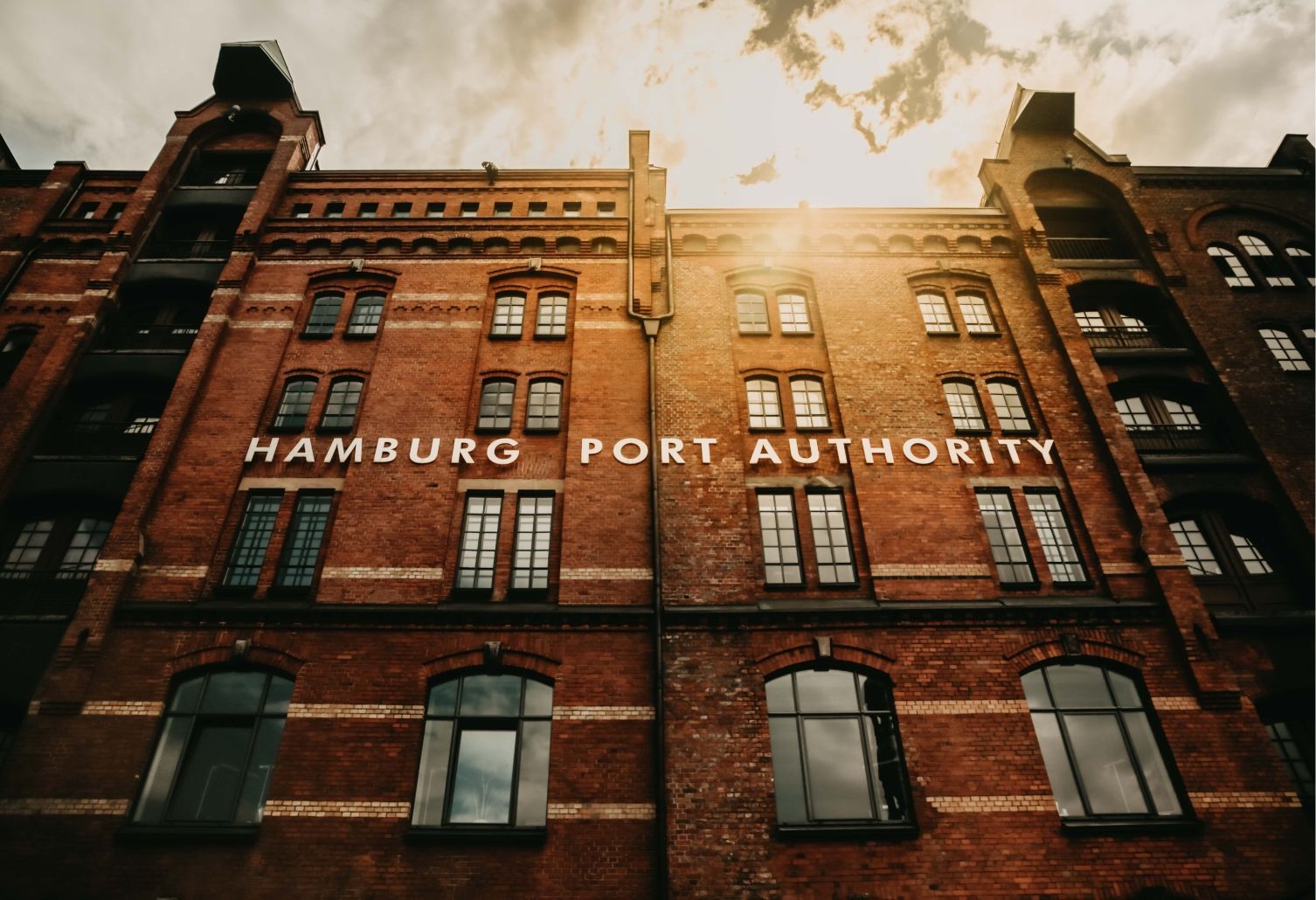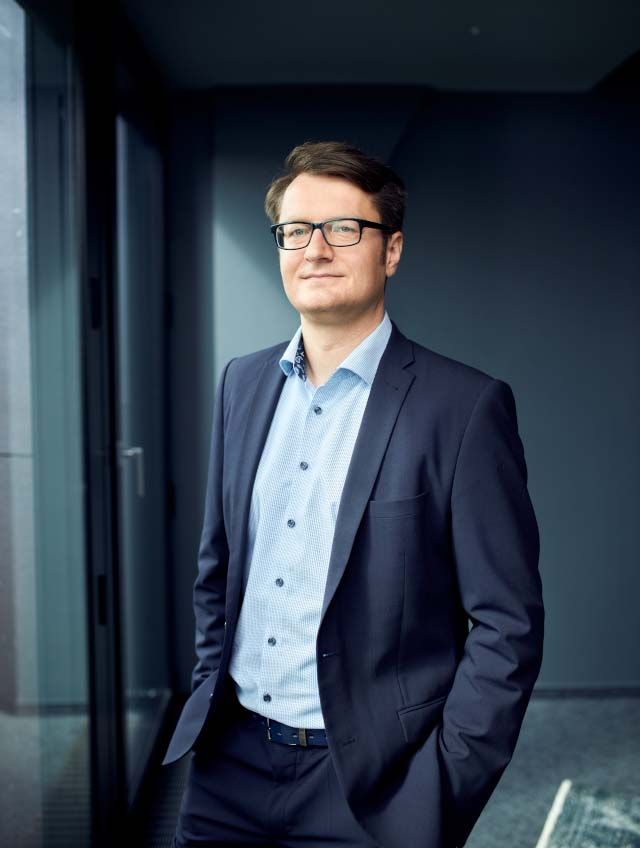
Quay systems, intelligently monitored
HPA Hamburg Port Authority
2021
Safety by sensor
Together with HafenCity University Hamburg (HCU), the Hamburg Port Authority (HPA) has developed a prototype for monitoring quay facilities. Sensors attached to the quay wall monitor the condition of the quay wall system and sound the alarm if specified limit values are exceeded. In order to be able to integrate further quay facilities with state-of-the-art technologies, we developed a production-ready and scalable application together with the customer.
The Client
Since 2005, the Hamburg Port Authority (HPA) has been at work wherever efficiency, safety and economic viability are at stake in the Port of Hamburg. In addition to planning and implementing infrastructure measures, it is the first point of contact on land and water for safe and smooth shipping traffic, port railway facilities and real estate as well as economic conditions in the port. The HPA meets the growing demands of the Port of Hamburg with intelligent and innovative solutions.
The Challenge
According to old calculation formulas, many quay facilities in the Port of Hamburg are significantly overloaded. In many cases, they should not even be able to withstand the load. However, since the majority of the quay facilities are still standing, it should be checked whether the calculations are outdated or whether there are other causes for the phenomenon. Since it would have severe economic consequences to close the facilities for inspection, the idea of a monitoring system was born, which would monitor the condition of the wharves and issue alerts. With the help of these alarms, it would then be possible to take individual wharves out of operation.
The Solution
After the successful proof of concept, we developed a completely new application with modern architecture. The monitoring relies on sensors attached to the quay wall. Inclination sensors record the inclination of the wall over time. Because several sensors are placed at different heights
sensors are placed at different heights in the same section of the quay wall, it is possible to determine any deflection of the wall. This forms the basis for the limit value calculation and the alarm as soon as the limit value is exceeded.
The application consists of several microservices for different purposes.
The sensor data is transmitted from the measurement location to a collection point in the
Microsoft Azure cloud. As soon as the data arrives, a
service imports the raw data into a Fraunhofer FROST server (server
Implementation of the OGC SensorThings API). Further microservices enrich the
the measurement data with information such as offset correction and transformations and
notify the responsible persons when limit values are exceeded. The
front end is represented by a NuxtJS application, which can be used for
data display and management, for the creation of new quay systems and
measurement blocks as well as for the assignment of new sensors.
Services
- Consulting
- Conception
- Architecture
- Implementation and operation
Methods
- Scrum
- CI/CD
Technologies
- Microsoft Azure Cloud
- Microsoft Azure Kubernetes Service
- Fraunhofer FROST-Server
- Kotlin
- Spring Boot
- REST
- GraphQL
- NuxtJS
- Postgresql
More projects
New projects: Welcome!
Here at AKRA, we love every new challenge. We look forward to receiving inquiries, questions or a first hello at:

Managing Director
peter.lorenz@akra.de
+49 40 309535 40









